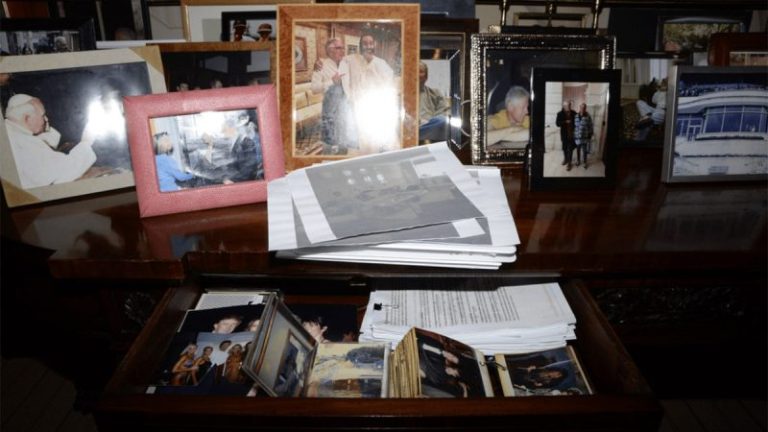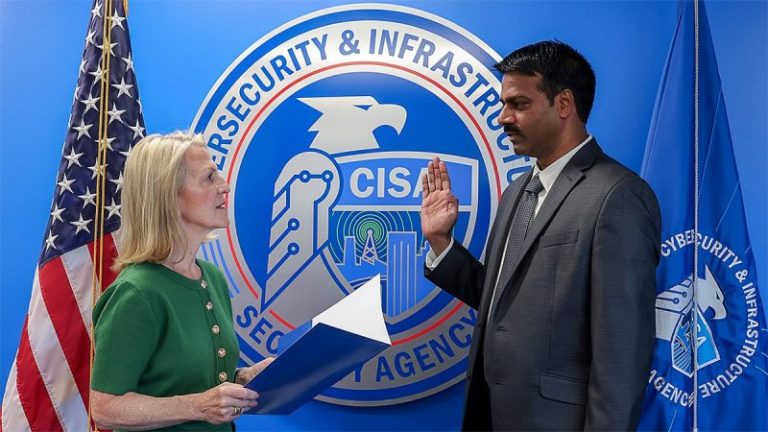(TheNewswire)
Vancouver, B.C. TheNewswire – December 22, 2025 Armory Mining Corp. (CSE: ARMY) (OTC: RMRYF) (FRA: 2JS) (the ‘Company’ or ‘Armory’) a resource exploration company focused on the discovery and development of minerals critical to the energy, security and defense sectors, is pleased to announce it has engaged Castello Q Exploration Corp to carry out an initial phase one work program at its 100% owned Ammo Antimony-Gold project, located in Nova Scotia, Canada.
Ammo is 3,092-hectare exploration package that completely surrounds and is contiguous to the historical West Gore antimony-gold mine. West Gore produced both antimony and gold in the years leading up to World War I. The ground has since changed hands multiple times, and is currently held by Military Metals Corp.
West Gore was a significant producer during World War One, with production shipped to England. Records document nearly 32,000 metric tons of production between 1914-1917, yielding over 7,000 metric tons of antimony concentrate grading 46%.
Total gold recovered up to 1917 was 6,861 ounces. Limited work was conducted in the 1950s, 1960s, and 1980s by several companies along with the Nova Scotia government*.
‘We have established budgets for the phase one exploration program at Ammo and are happy to begin working with Castello Q Exploration,’ said Alex Klenman, CEO. ‘This initial program will provide geologically important data that will contribute significantly to drill targeting. We’re excited that meaningful exploration work is on the horizon and eager to move the project forward in a positive way,’ continued Mr. Klenman.
Click Image To View Full Size
Figure 1: Map showing Armory’s Ammo Project surrounding the historical West Gore antimony-gold mine
The initial work program is expected to consist of data compilation, prospecting and reconnaissance, to identify favorable geology, followed by detailed surface sampling and geophysics to assist in determining priority drill targets. The Company plans to budget up to $656,000 CDN for the initial phase of exploration.
* Source: NI 43-101 Technical Report, Battery Metals Corp, Mark S. King, P. Geo., Michael C. Corey, P. Geo., May 25, 2021
Note: The Company considers historical data at West Gore to be relevant. Readers are cautioned that the Company has not independently verified the information, and notes that the mineralization on this property may not be indicative of the mineralization on the Company’s property.
About Armory Mining Corp
Armory Mining Corp. is a Canadian exploration company focused on minerals critical to the energy, security and defense sectors. The Company controls an 80% interest in the Candela II lithium brine project located in the Incahuasi Salar, Salta Province, Argentina. In addition, the Company controls 100% interest in both the Ammo antimony-gold project located in Nova Scotia and the Riley Creek antimony-gold project located in British Columbia.
Qualified Person
Harrison Cookenboo, Ph.D., P. Geo., an independent Qualified Person as defined by National Instrument 43-101 Standards of Disclosure for Mineral Projects, has reviewed and approved the technical contents of this news release.
Contact Information
Alex Klenman
CEO & Director
alex@armorymining.com
Neither the Canadian Securities Exchange nor its Market Regulator (as the term is defined in the policies of the Canadian Securities Exchange) accepts responsibility for the adequacy of accuracy of this news release. This news release does not constitute an offer to sell or a solicitation of an offer to buy nor shall there be any sale of any of the Company’s securities in any jurisdiction in which such offer, solicitation or sale would be unlawful, including any of the securities in the United States of America. The Company’s securities have not been and will not be registered under the United States Securities Act of 1933, as amended (the ‘1933 Act’) or any state securities laws and may not be offered or sold within the United States or to, or for account or benefit of, U.S. Persons (as defined in Regulation S under the 1933 Act) unless registered under the 1933 Act and applicable state securities laws, or an exemption from such registration requirements is available.
Forward-looking statements:
This press release contains certain forward-looking statements, including statements regarding the intended use of funds. The words ‘expects,’ ‘anticipates,’ ‘believes,’ ‘intends,’ ‘plans,’ ‘will,’ ‘may,’ and similar expressions are intended to identify forward-looking statements. Although the Company believes that its expectations as reflected in these forward-looking statements are reasonable, such statements involve risks and uncertainties. Actual results may differ materially from those expressed or implied in these statements due to various factors, including, but not limited to, political and regulatory risks in Canada, operational and exploration risks, market conditions, and the availability of financing. Readers are cautioned not to place undue reliance on forward-looking statements, which are made as of the date of this release. The Company undertakes no obligation to publicly update or revise any forward-looking statements, whether as a result of new information, future events, or otherwise, except as required by applicable securities laws.
Copyright (c) 2025 TheNewswire – All rights reserved.
News Provided by TheNewsWire via QuoteMedia










